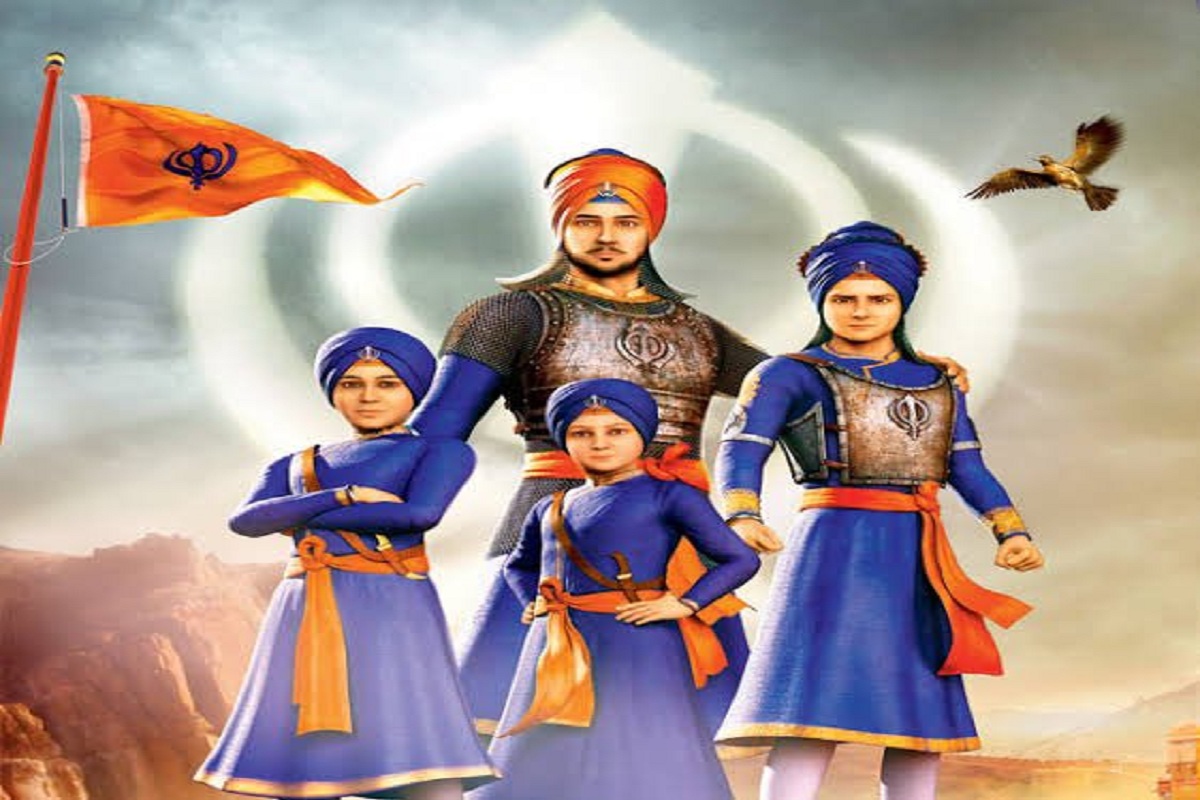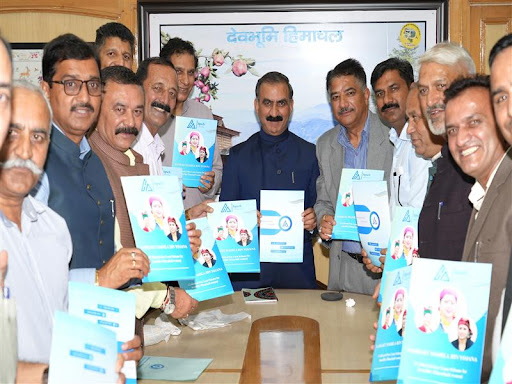The Saga of Four Sahibzade(Chaar sahibzade story)
The story of the four Sahibzade(Chaar sahibzade story), often revered as the Khalsa Warrior Princes, holds a significant place in Sikh history and represents the embodiment of courage, sacrifice, and unwavering devotion to Sikh principles.


Guru Gobind Singh, the tenth Sikh Guru, was a beacon of courage and righteousness. During his time, the Mughal Empire, under Emperor Aurangzeb, sought to suppress religious freedom and propagate Islam forcefully, leading to the persecution of non-Muslims, including Sikhs.
Sahibzada Ajit Singh and Sahibzada Jujhar Singh, the elder sons of Guru Gobind Singh, displayed exceptional valor from a young age. In 1704, during the Battle of Chamkaur, they fought alongside their father against the Mughal forces led by Wazir Khan. Despite being vastly outnumbered, they fought fiercely, embracing martyrdom while upholding the values of Sikhism and defending their faith.
You can also read this blog – https://himachal.blog/spiti-valley-itinerary-5-days/
During the late 17th century, specifically in December 1705, the Sahibzade, along with their grandmother Mata Gujri, were besieged in the fort of Anandpur Sahib by the Mughal forces under Wazir Khan and the Hill Rajas. The Guru and his followers faced severe hardships during this period of the Mughal siege.Their lives were profoundly affected by the tumultuous times of religious intolerance and oppression during the Mughal era. They faced relentless persecution for resisting the forced conversion to Islam by the Mughal Empire, led by Emperor Aurangzeb.
The pivotal moment in the Sahibzade’s lives occurred during the siege of Anandpur Sahib, where Guru Gobind Singh and his disciples endured extreme hardships due to constant attacks by the Mughal forces. Amidst these trials, they were forced to leave the fort under a promise of safe passage, only to face betrayal by the Mughals, resulting in the separation of the Sahibzade from their father.
The younger Sahibzade—Zorawar Singh, aged 9, and Fateh Singh, aged 6—were captured by the Mughal army. Despite their tender ages, they exhibited remarkable courage, unwavering faith, and an unyielding commitment to Sikh values.
Refusing to renounce their faith despite intense pressure and threats of violence, the Sahibzade remained steadfast in their beliefs. They were subjected to severe torture and hardships, yet they stood resolutely, exemplifying the principles of Sikhism.
Wazir Khan, the governor of Sirhind, ordered an agonizing punishment for the young Sahibzade. They were bricked alive, a brutal sentence they accepted with extraordinary courage and an unbreakable spirit . Throughout their painful experience, they continued to recite hymns, displaying immense love and devotion to their Gurus until their last breaths.
The sacrifice of the four Sahibzade stands as a testament to the unparalleled bravery and unwavering commitment to Sikhism’s core principles of equality, justice, and righteousness. Their sacrifice remains etched in Sikh history as a source of inspiration, symbolizing the resilience and fortitude needed to stand against injustice and tyranny.
Annually, Sikhs worldwide commemorate the martyrdom anniversary (Shaheedi Diwas) of the four Sahibzade, paying homage to their extraordinary valor and sacrifice. Their legacy continues to inspire generations, serving as a beacon of courage, faith, and unwavering dedication to Sikh ideals—the Khalsa Warrior Princes who left an enduring legacy in the annals of Sikh history.
The saga of the Four Sahibzade symbolizes the unwavering commitment, sacrifice, and courage of individuals dedicated to upholding justice, righteousness, and the values of Sikhism. Their devotion to their faith, even at such a young age, remains an inspiring and revered chapter in Sikh history, inspiring countless individuals.














